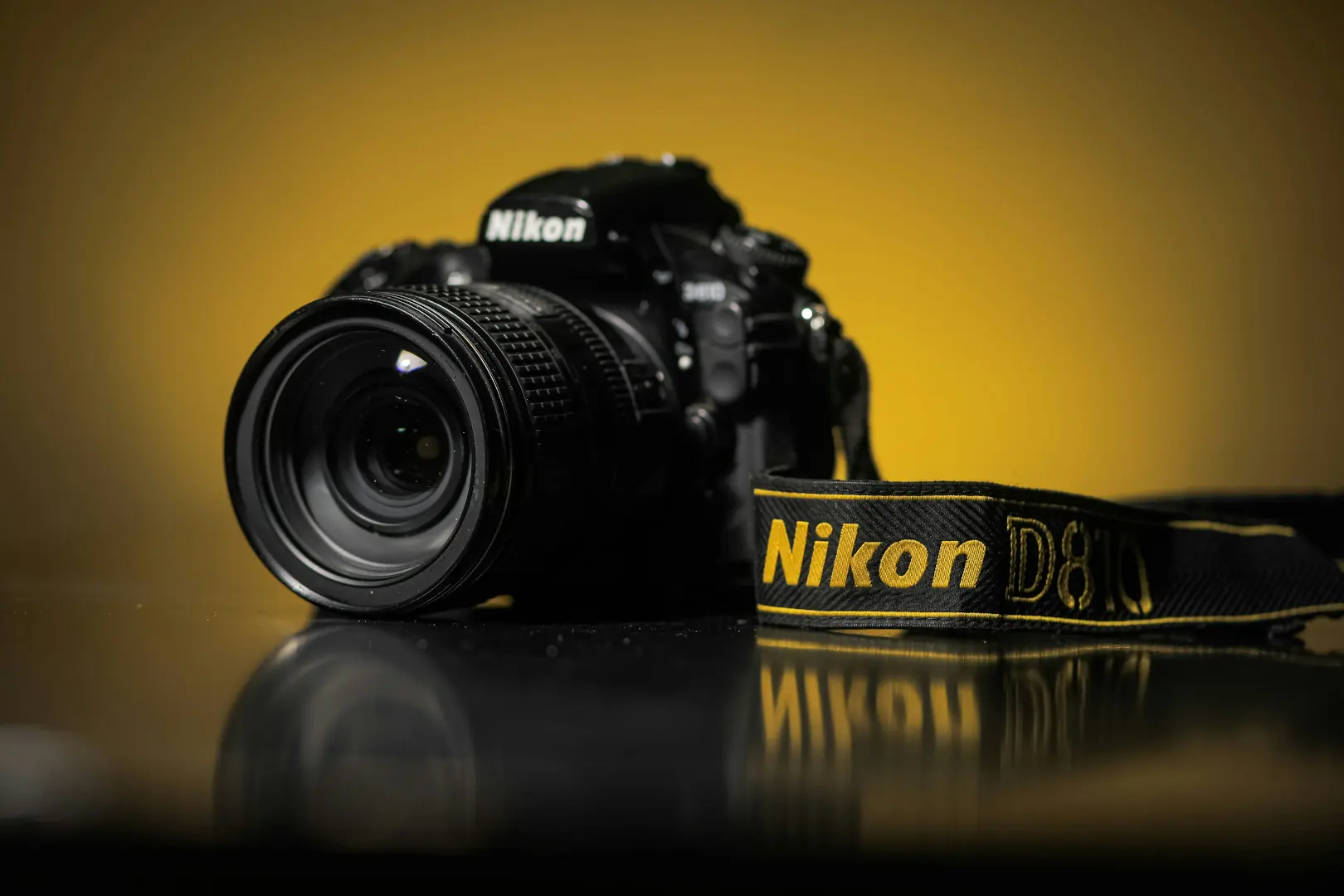Fujifilm: Digital Cameras With an Analog Soul
Fujifilm has built a loyal following thanks to its film simulations—JPEG looks inspired by the company’s own classic film stocks. You’ll find familiar names like Velvia, Provia, and Astia, alongside newer creations such as Classic Chrome, Classic Neg, and Nostalgic Neg. Each simulation has its own character: Velvia delivers rich, saturated landscapes, while Classic Chrome is muted and documentary-like.
What really sets Fuji apart is the community-driven recipe culture. Entire sites like Fuji X Weekly are dedicated to custom JPEG settings that emulate everything from Kodak Portra 400 to Cinestill 800T. Load one of these recipes onto your camera, and it’s like shooting a roll of film—no Lightroom required.
The result? Fujifilm cameras often produce polished, film-like JPEGs straight out of camera that many photographers are happy to use without post-processing.
Nikon: A Different Philosophy
Nikon takes a more flexible approach. Their Picture Controls aren’t modeled after film, but instead focus on “moods” like Standard, Vivid, Flat, and Portrait. You can then tweak sharpness, contrast, and saturation to taste.
With recent models like the Nikon Zf and Z6 III, Nikon introduced Flexible Color Picture Control, which allows you to fine-tune individual color ranges—almost like selective color grading inside the camera. Nikon even launched a cloud library of downloadable profiles so you can import other photographers’ looks.
That said, Nikon’s system is still developing. Many cameras don’t yet support Flexible Color, and while there are third-party collections of “film-like” Nikon recipes (example here), the ecosystem isn’t nearly as mature as Fujifilm’s.
JPEG Output: Fuji’s Edge
This is where most photographers notice the biggest difference. Fujifilm JPEGs are famous for their refinement—smooth tones, excellent detail retention, and that unmistakable filmic quality. Newer X-Trans sensors, like those in the X-T5 or X-E4, deliver JPEGs that are arguably the best in the industry.
By comparison, Nikon JPEGs are solid but more neutral. They’re designed to be flexible and clean, but often lack the baked-in character of Fuji files. As one Redditor put it in a discussion on Nikon Zf vs Fujifilm X-T5 color science:
“Honestly, when it comes to SOOC JPEGs, Fuji is more flexible… I personally just keep Nikon on Standard and edit RAW.”
What Photographers Say
The debate gets heated in forums like DPReview and Reddit’s Nikon Zf community. Here are a couple of representative opinions:
- Pro-Fuji: “Fuji JPEGs have a finished look—less editing, more shooting.”
- Pro-Nikon: “I prefer Nikon colors. Fuji’s sims can feel too yellow or hazy for me.”
- Balanced view: “Fuji is more fun if you want filmic JPEGs. Nikon is better if you prefer to build your own look.”
In short: Fuji appeals to those who want a distinctive look right out of the box, while Nikon suits those who like a clean slate.
Side-by-Side Summary
| Aspect | Fujifilm Film Simulation | Nikon Picture Control |
|---|---|---|
| Core Idea | Emulates analog film stocks | Focuses on mood & flexibility |
| Built-in Options | Extensive, iconic, and highly stylized | Limited, but expanding |
| Customization | Strong community recipe culture | Growing ecosystem, cloud sharing available |
| JPEG Quality | Highly polished, filmic, refined | Natural, flexible, less stylized |
| Ideal For | Photographers who love SOOC results | Shooters who prefer editing or subtle tweaks |
Final Thoughts
If you love the romance of film and want your camera to deliver finished images with minimal editing, Fujifilm is hard to beat. The film simulations are iconic, and the recipe culture makes shooting feel creative and fun.
If you prefer control and flexibility, Nikon gives you cleaner files that are easier to grade later—and with tools like Flexible Color Picture Control, Nikon is closing the gap for shooters who want a little Fuji-style creativity without leaving the Z system.
👉 At the end of the day: Fuji feels like loading a roll of film. Nikon feels like setting the mood and deciding the grade later.
